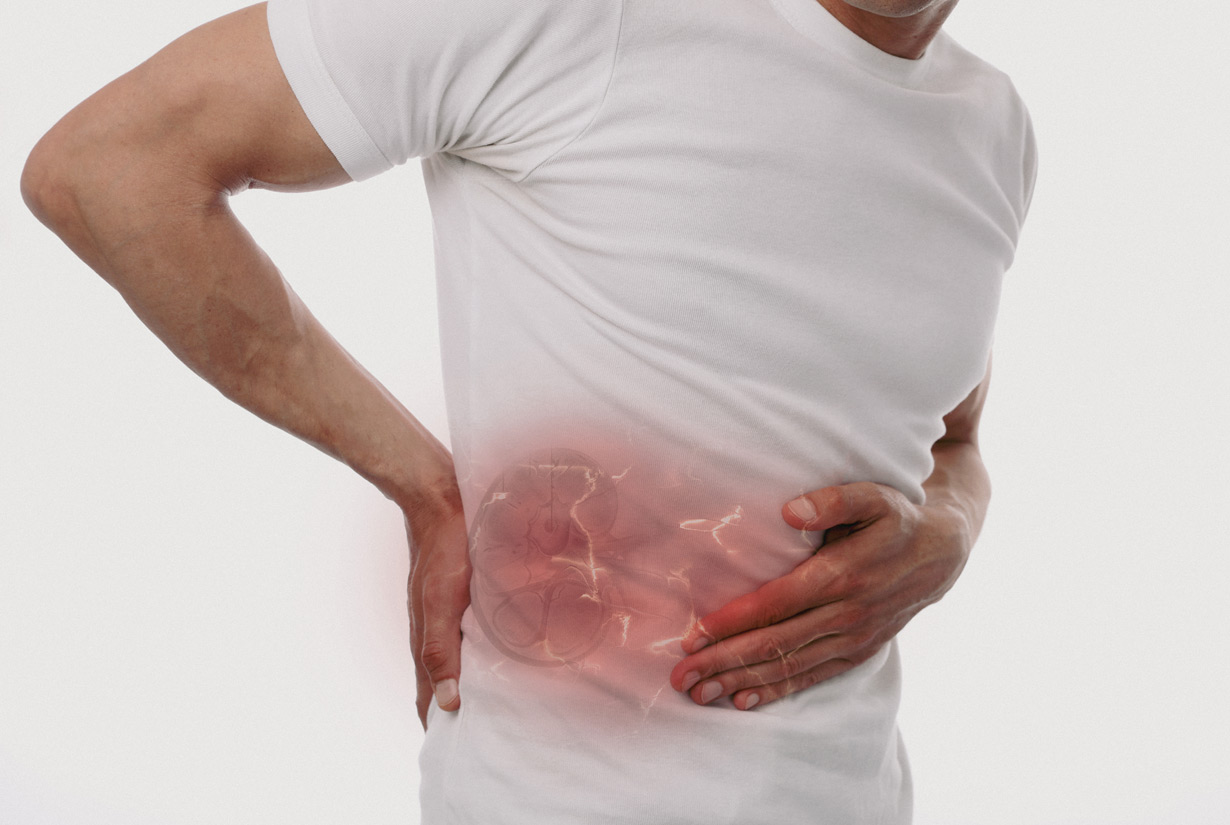Clinic
Endourology
In recent years, the application of endoscopic and minimally invasive surgical urology in treating almost all surgical urological diseases, known as endourology, has prevailed worldwide. Through endourology, the normal anatomical route of the body (urethra, bladder, ureters, and kidneys) is used, with the help of special endoscopic instruments that digitally process the image, thus avoiding incisions with a scalpel.
Transurethral Prostatectomy with the TURis method
Transurethral Prostatectomy (TURIS Prostatectomy) is a newer development in the treatment of Benign Prostatic Hyperplasia. Traditional transurethral prostatectomy and vaporization are combined in this method. It presents primary advantages, as the physician is allowed to choose whether to proceed to vaporization or resection through a camera. In addition, it enables tissue fragments to be preserved in case it is deemed necessary to perform a biopsy. The procedure is essentially bloodless and painless, and the patient is not required to be hospitalized on completion.
Transurethral Removal of Bladder Papilloma
This operation is performed for the diagnosis and treatment of superficial bladder cancer and is performed through the urethra without incision of the skin. A camera is inserted through the urethra; damages are detected and excluded with a tool that fits the camera. This tool uses heat for the excision of pathological tissue. The papilloma is removed and cauterized and then sent for biopsy. For the operation, general or spinal anesthesia is required.
Ureteroscopy
Ureteroscopy is an effective way for the urologist to obtain a clear picture of the urinary system, remove or break down stones and remove suspicious tissue. Sometimes, this procedure is used as part of laser lithotripsy to break down ureteral stones.
Flexible Ureteroscopy
Flexible ureteroscopy is a non-surgical way of examining the inner region of the kidneys. It is used to treat kidney stones and tumors. Using a small instrument, called a nephroscope, the thin part of the tube is inserted into the skin.
Pigtail Insertion
A typical procedure for stones in the ureter is the temporary introduction of a stent into the ureter. This is performed with a thin and soft tube (pigtail) inserted endoscopically through the urethra, bottom-up.
After the pigtail is inserted, the ureter is loosened. Colic no longer occurs and the urine flow is ensured, which prevents the dangerous combination of infections and obstruction of urine. After the pigtail is inserted, endoscopic surgery with ureteroscopy can be best performed on the loose ureter.
A pigtail can remain in the body for up to six months. However, the risk of obstruction increases exponentially after three months.
Laser Lithotripsy Ureter and Kidney
Laser lithotripsy is used to break down the stone in the ureter and kidneys so that it can pass through the ureter. The pieces will be removed by the surgeon using a specific instrument. No incision is made.
Reconstructive Surgery - Plastic surgery of external genitalia and urethra
Reconstructive urology is the surgery to restore normal function by repairing or re-creating areas of the upper and lower urinary tract and specific reproductive organs. Patients may need reconstructive surgery due to injuries, congenital disabilities, medical conditions, or complications from surgery or other treatment.
In Georgios Garaganis MD, MSc, practice, many areas are treated with reconstructive urology, including:
- Urethra
- Penis
- Testicles
Reconstructive urological surgery can help patients with conditions such as:
- Congenital disabilities in the urinary tract or reproductive organs
- Bladder fistula
- Erectile dysfunction, phalloplasty, penis enlargement
- Disorders of the pelvic floor
- Peyronie's disease
- Traumatic injuries to the urinary tract or reproductive organs
- Urethral stricture, plastic surgery of urethral strictures
- Urinary incontinence - Insertion of incontinence tape
Infertility (Varicocele repair, microTESE)
Varicocele is the most common cause of male infertility affecting number, motility, morphology, and sperm fragmentation. It is often asymptomatic in young adolescents. It may negatively affect the size of the testicles and testosterone. The most severe form of infertility, azoospermia – the inability to find spermatozoa – affects about 1% of the general population, and more than 20% of men visit infertility clinics.
In the context of prevention but mainly of treatment, the Urologist-Andrologist is called to offer modern surgical solutions such as:
- Correction of clinical varicocele
- Surgical discovery and collection of oral tissue using a microTESE microscope.
Today, these operations can and should be performed with the help of Microsurgery and advanced surgical microscopes that maximize the special skills required by the, specialized in Microsurgery, urologist.
Urinary Calculus (Lithiasis) (Extracorporeal Shock Wave Lithotripsy ESWL)
Extracorporeal Shock Wave Lithotripsy is a procedure that the patient tolerates, usually without the need for special analgesia or anesthesia, at the outpatient clinic level. It is mainly used to treat stones up to 2 cm in diameter. The exact location of the stone is done by ultrasound or fluoroscopy. During the process, the production of the shock waves is heard like small bumps. The physician will start from low levels of intensity and slowly increase the waves' intensity. The procedure lasts about 45 minutes. If there is a large stone, it is pretty common to take more than one session to break it down completely.
Oncological Urology
Oncological Urology is a sub-specialization of urology, specializing in diagnosing and treating patients with urinary or genital cancer. With many years of experience and specialization as well as absolute respect for their patients, Georgios Garaganis and his medical team provide services addressed to patients with oncological, urologic problems.




